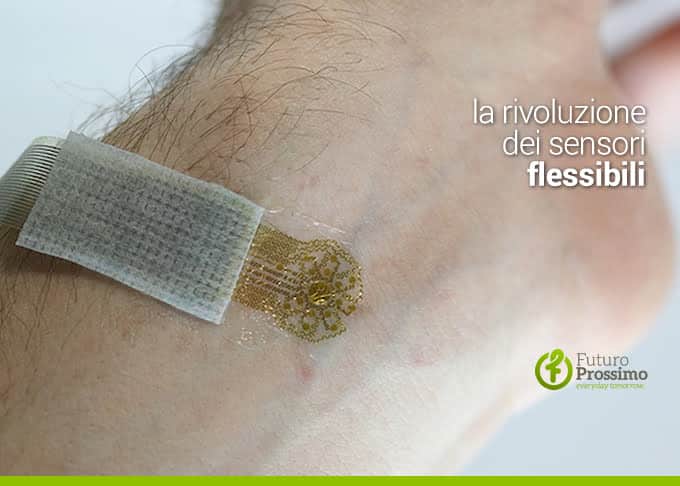The best medical devices for measuring blood pressure today require a prolonged stay of the patient in the clinic. An experimental sensor can adhere to the skin almost like a tattoo and monitor this parameter in real time 24 hours a day.
Why is a wearable sensor a revolution?
A flexible and wearable sensor marks the difference between a simple 'photograph' of the patient and a constant path that allows us to perfectly understand what correlations exist between daily activities and the variation in blood pressure. An international team from the University of Illinois have shown perfect efficiency of a similar system, which can also be applied to particular areas of the body to measure the specific activity of a precise blood vessel.
The device, developed in cooperation with a group of Chinese researchers, was preceded by a study published 4 days ago in the latest issue of the journal Science Advances
There is still some way to go before these developments can lead to wearable devices widespread on a large scale: one of the main issues to be resolved is that relating to power. You need an energy source capable of powering the device (and it must necessarily be tiny: perhaps in this sense the Samsung foldable batteries which I recently told you about) and a wireless system that transmits the results to a computer.
Once these critical points are resolved, flexible devices like this can revolutionize medicine by providing an impressive and never-before-seen amount of data that allows us to fully understand the behavior of arteries over the course of life. Flexible sensors could even be placed in internal organs or in implants to be inserted inside the body.
Here is the text of the study >>


